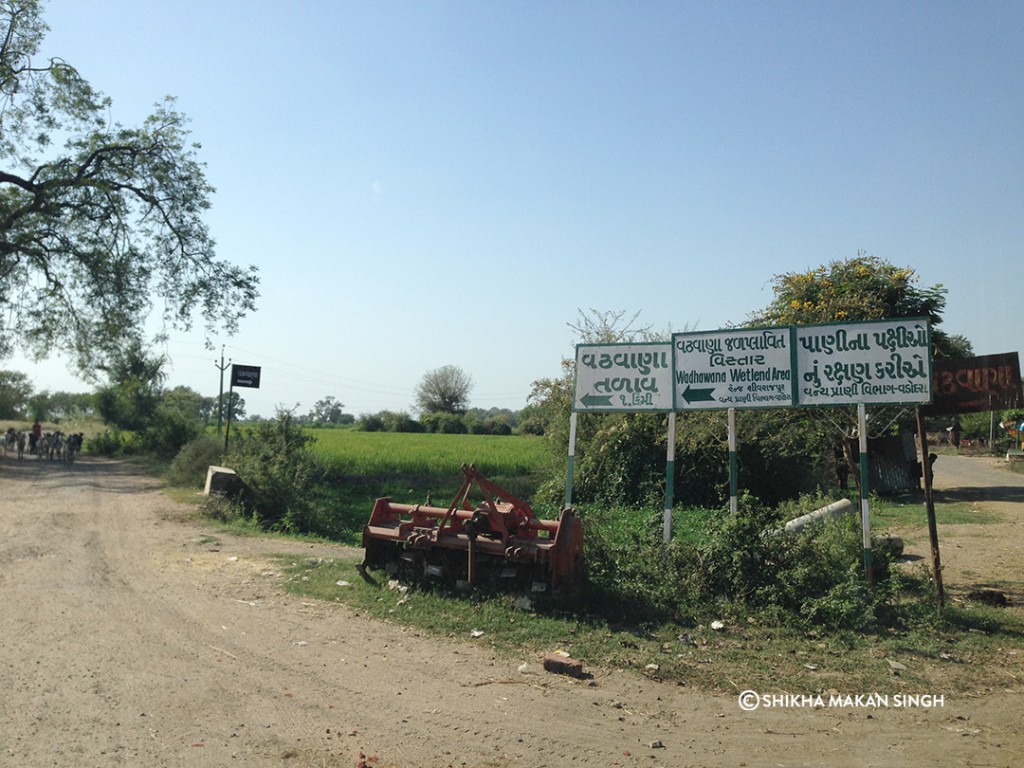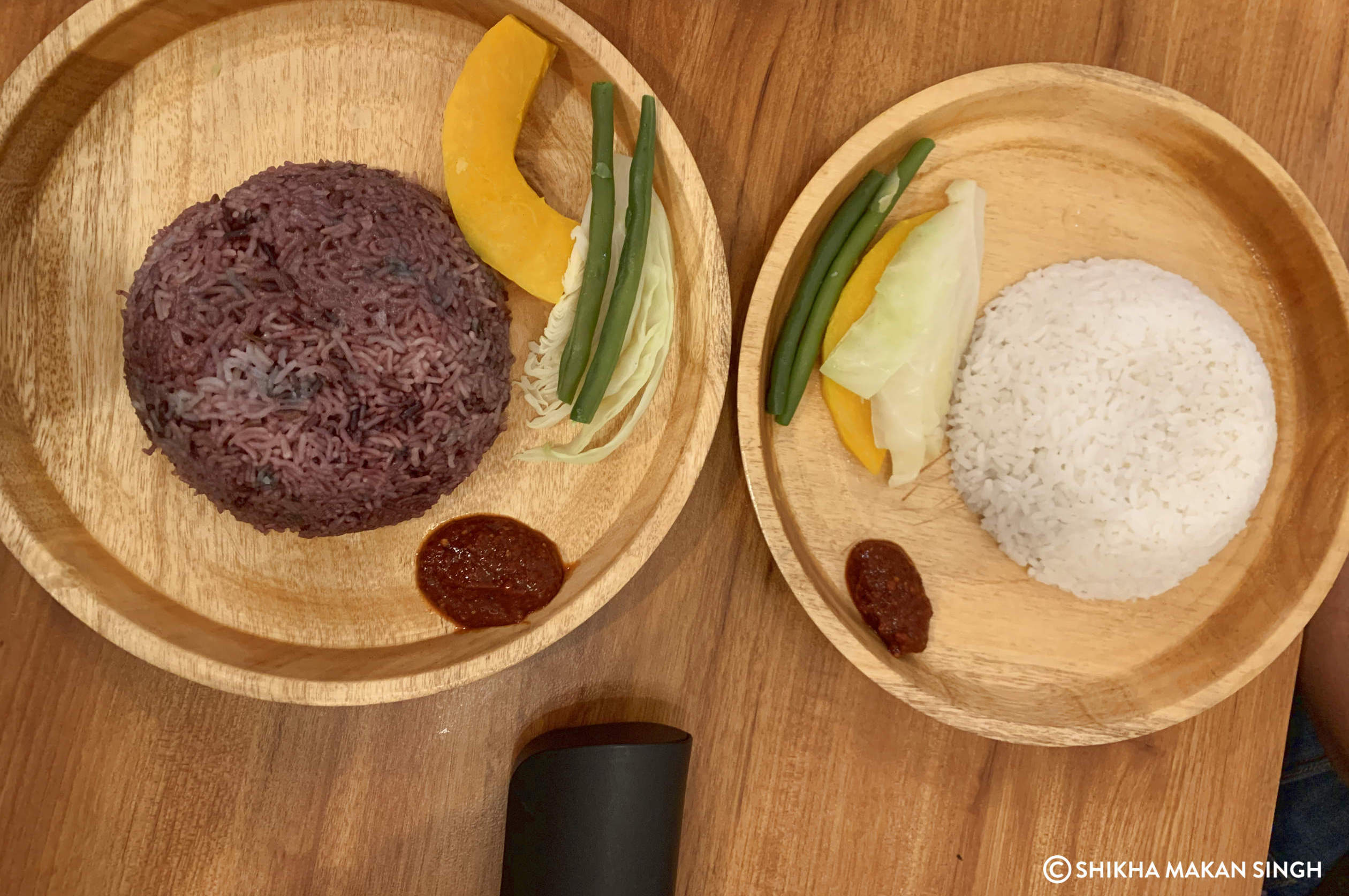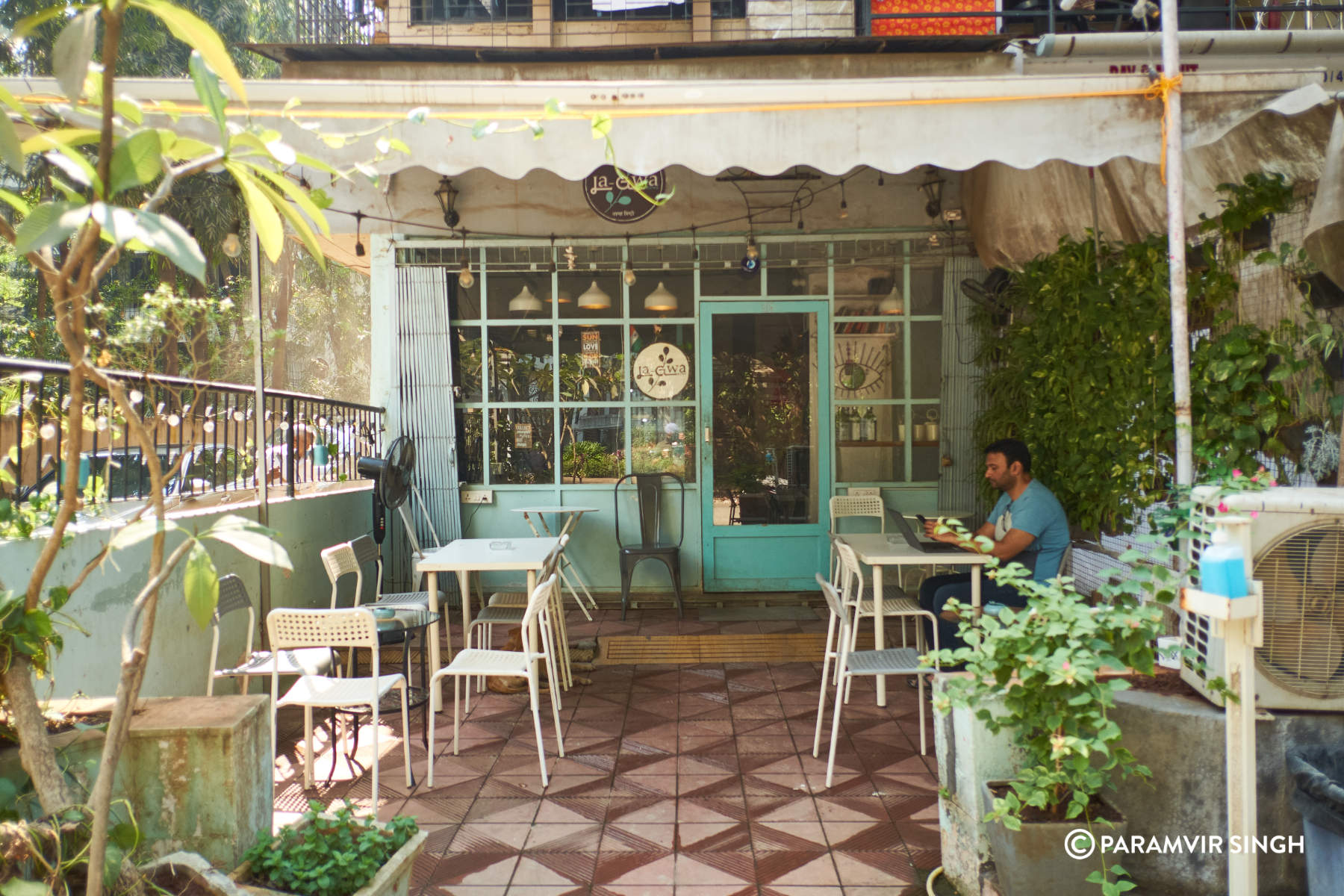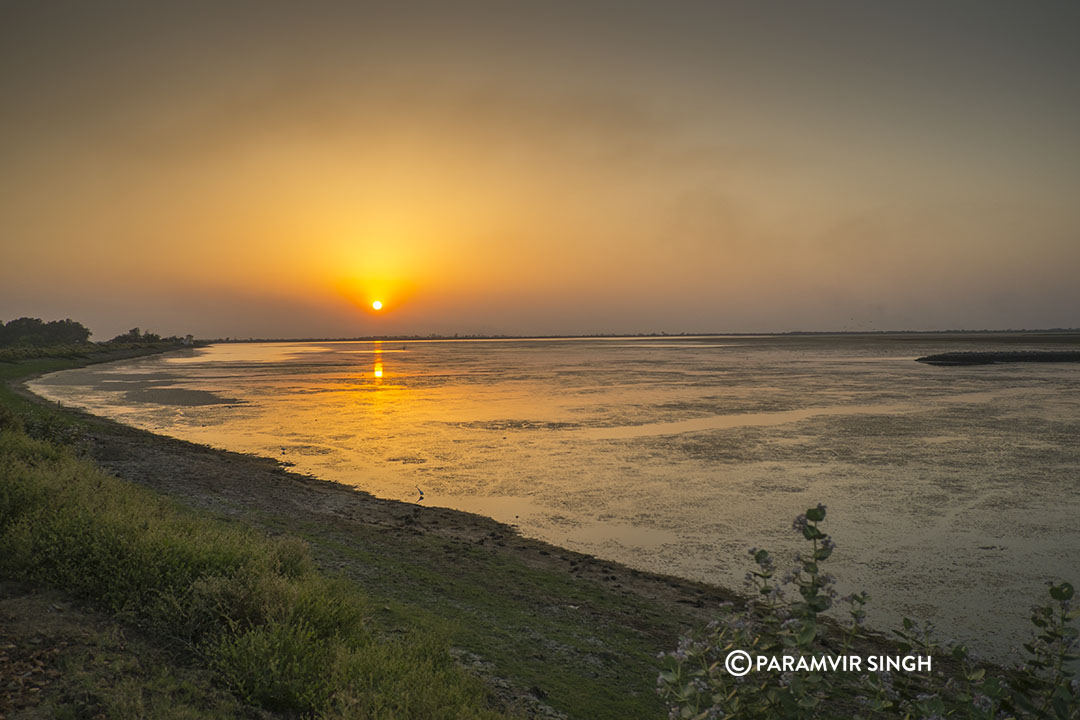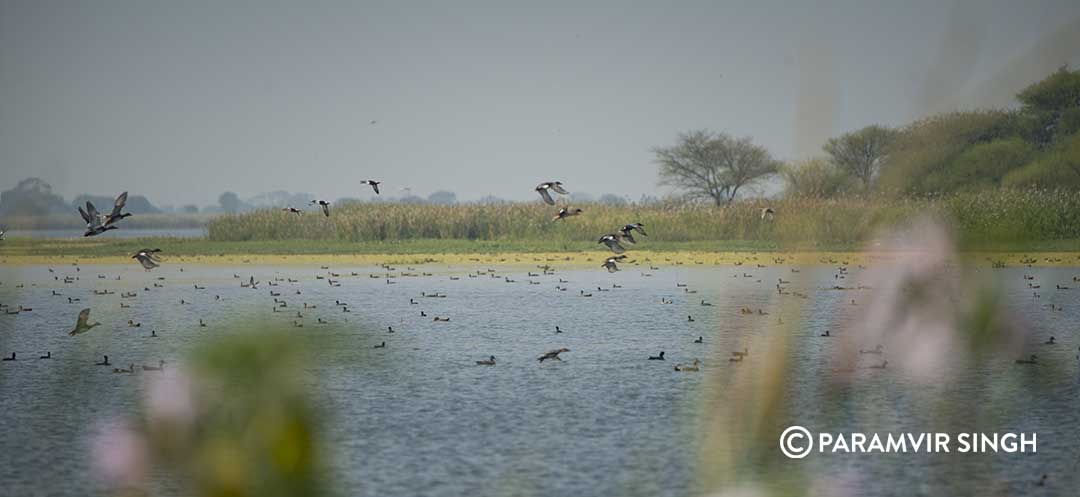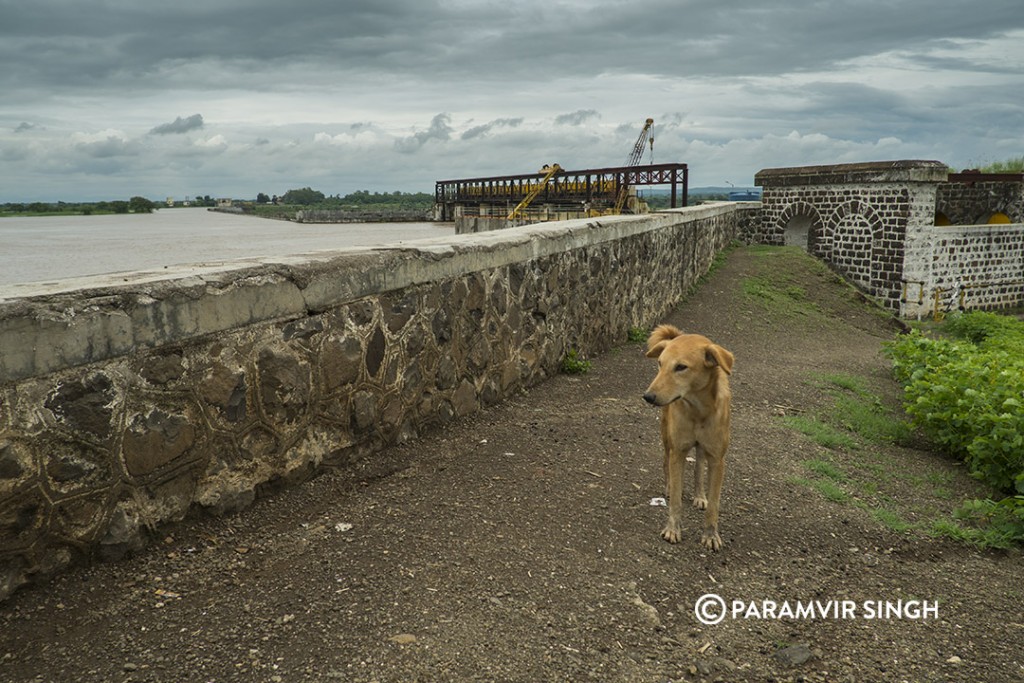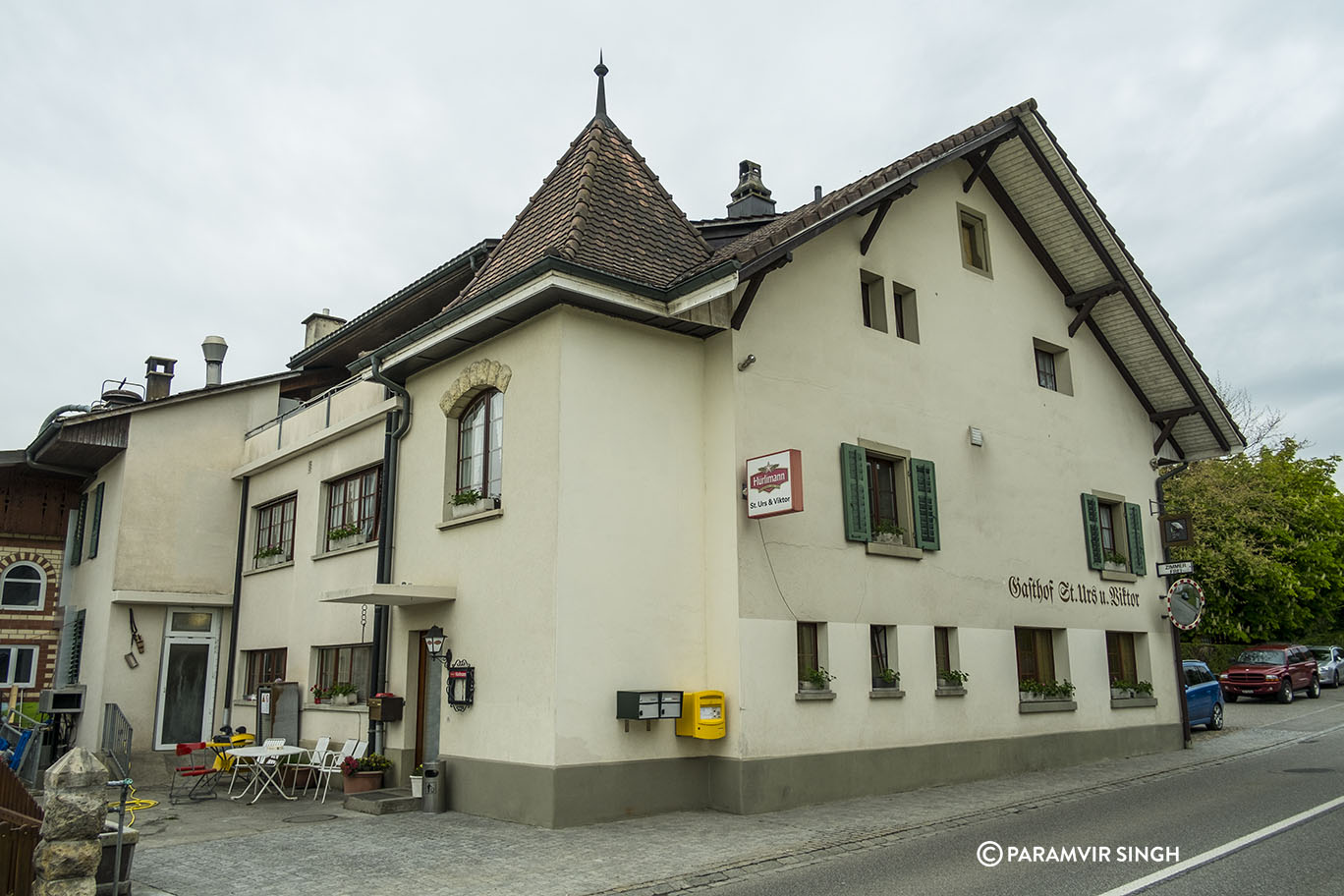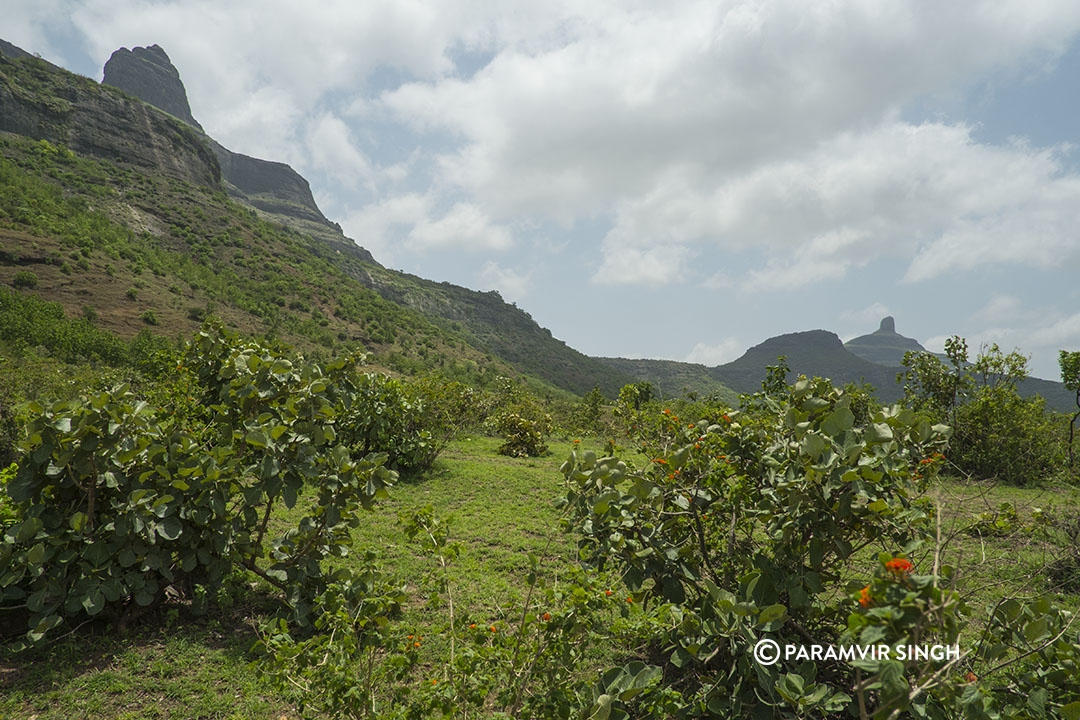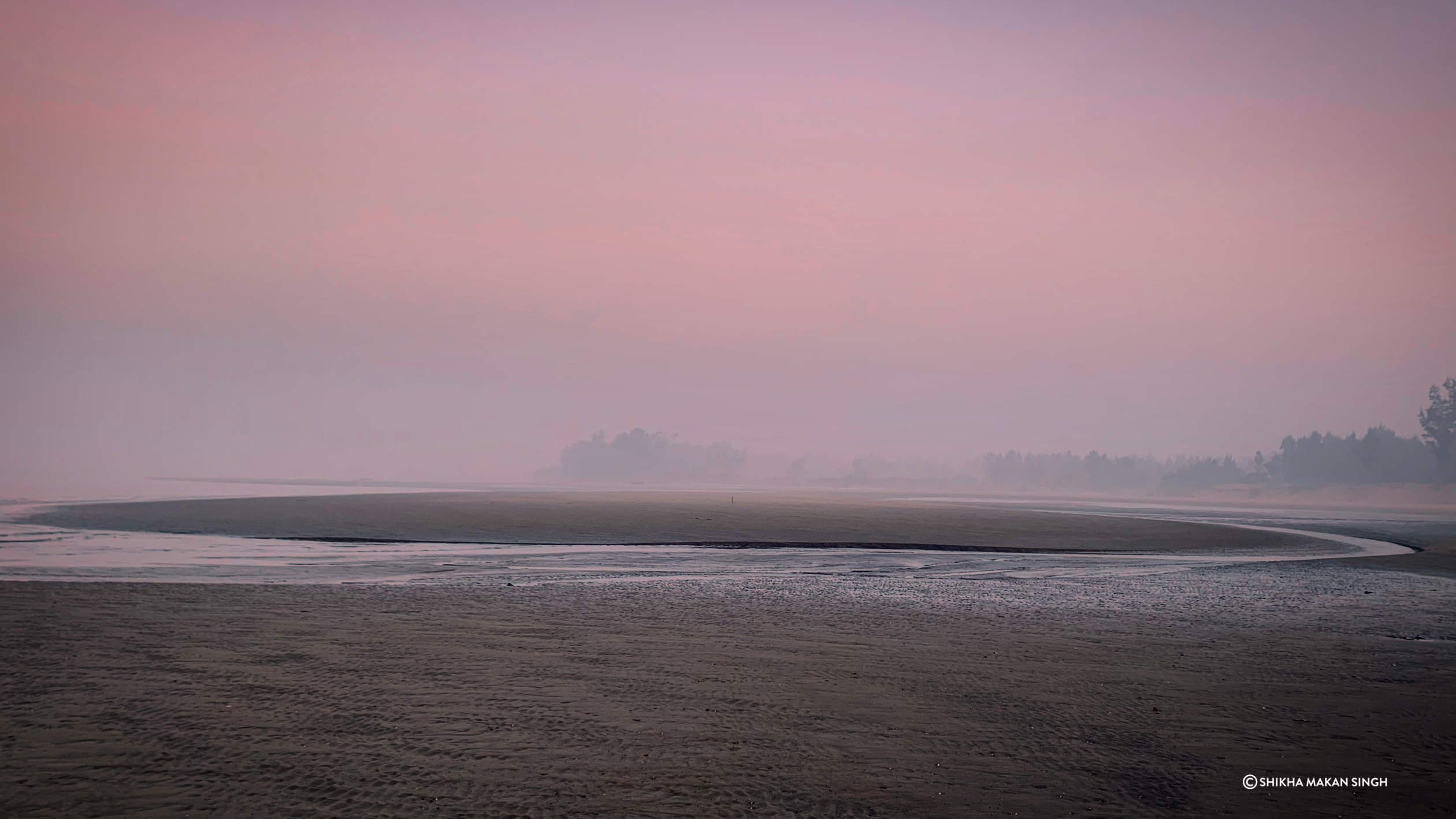When we were planning our drive from Velavadar to Jambughoda, we were excited to learn we could include Wadhwana Wetlands in our route. It’s a water reservoir which attracts thousands of migratory and many resident birds. An important birding area, it is also a beautiful place to unwind, surounded by green agricultural fields.
“This irrigation reservoir and wetland located 10 kms from Dabhoi & 20 kms from the Jambughoda village, is the water source for 25 nearby villages, and a popular birdwatching site for species including stork, tern, ibis, and spoonbill. To get here you will have to rent a vehicle from Dabhoi, taking the Nanderi Gate road. Apart from being a wetland, it also has an eco tourism campsite. The best time to visit the wetland is from October to March cause that is the main migratory seasons for birds which migrate here from all over the world.” There isn’t any decent place to stay nearby. We stayed at the Jambughoda Palace which is about 25km from here. The Wadhwana Wetlands are home to many birds like the Indian River Terns, Openbills, Grey Lag Geese, Rudy Shell Ducks, Common Pochards, Ferruginous Pochards, Tufted Pochards, Northern Shovelers, Northern Pintails, Common Teals, Garganey, Eurasian Wegions, Lesser Whistling Teals, Spoonbill Ducks, Cotton Teals, Comb Ducks, Common Coots, Indian Cormorants, Herons, Black headed Ibis, Black Ibis, Egrets, Purple Moorhens, Osprey, Pied Kingfishers, Wire Tailed Swallows, Ashy Crowned Sparrow Larks, Bulbuls, Green Bee Eaters, and many others. I am not sure about the mammals but I am sue there are various kind of mongooses, amongst others.
